“Craft Competition in Takaoka, Tokyo Exhibition” Will Be Held in Marunouchi
Featured Exhibitions & Events VOL.51
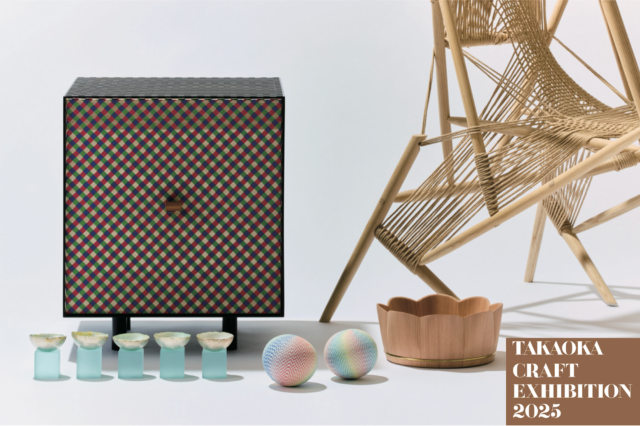

VOL.1-51
Update

VOL.1-23
Update

VOL.1-25
Update
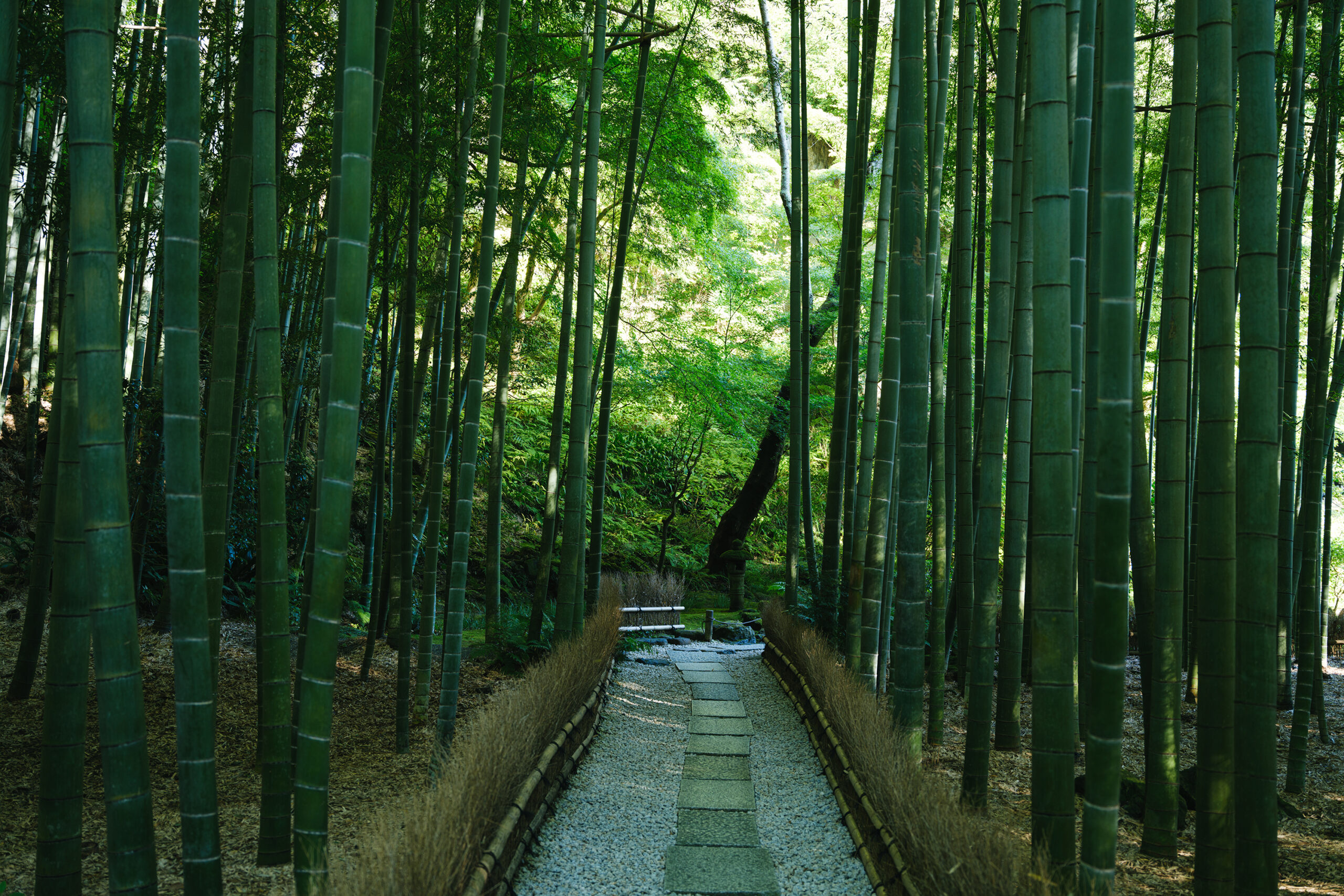
VOL.1-3
Update
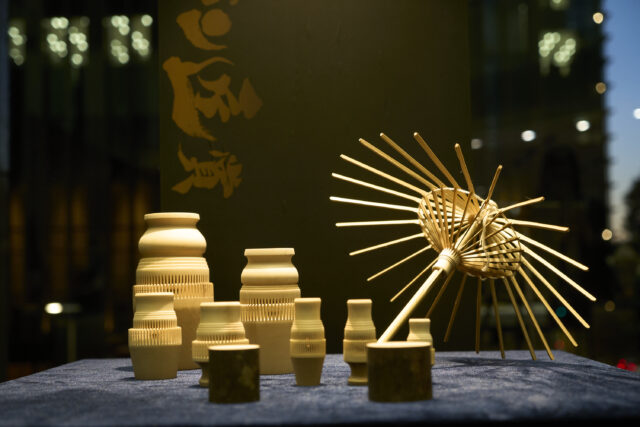
VOL.1-27
Update
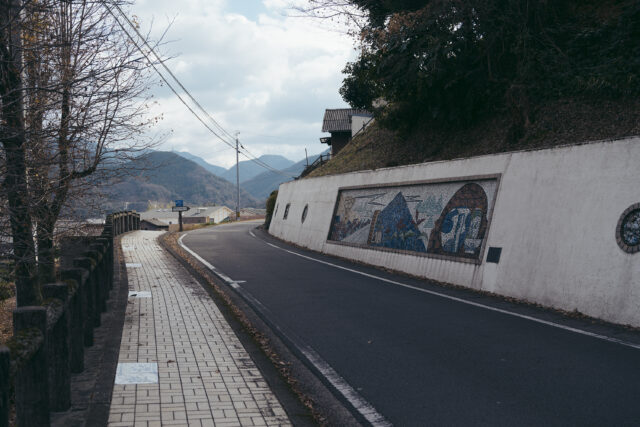
VOL.1-4
Update
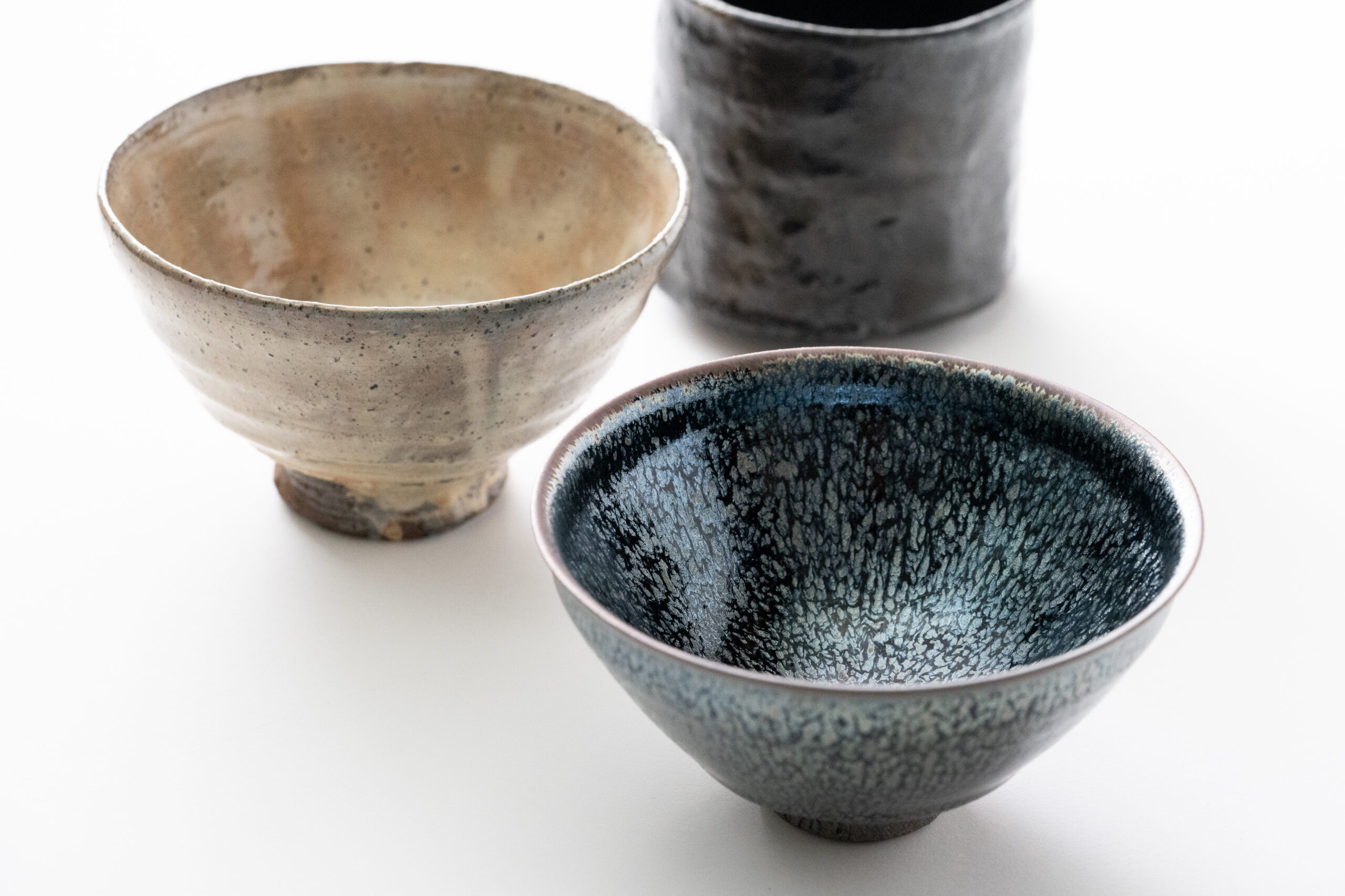
VOL.1-3
Update

VOL.1
Update
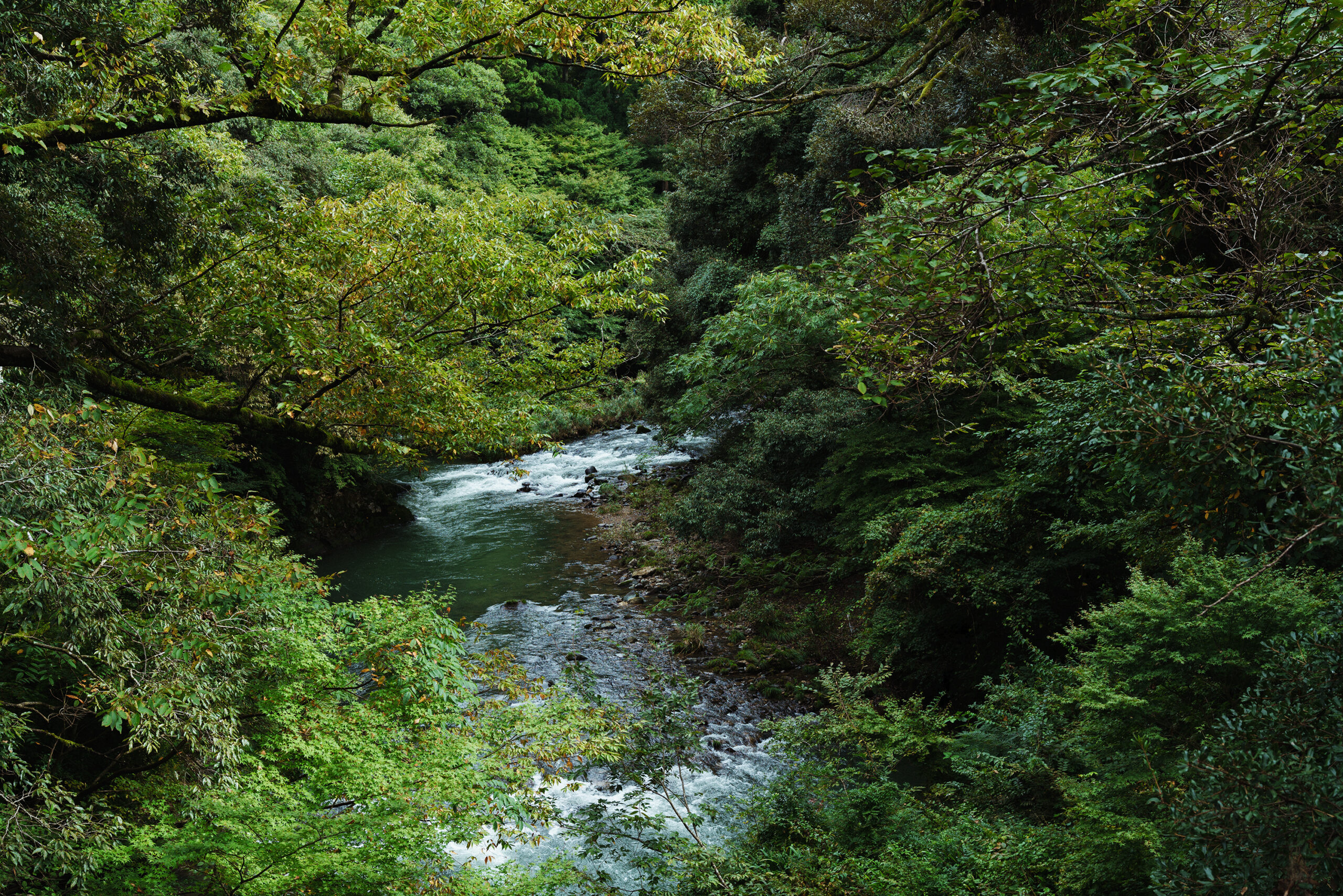
VOL.1-7
Update
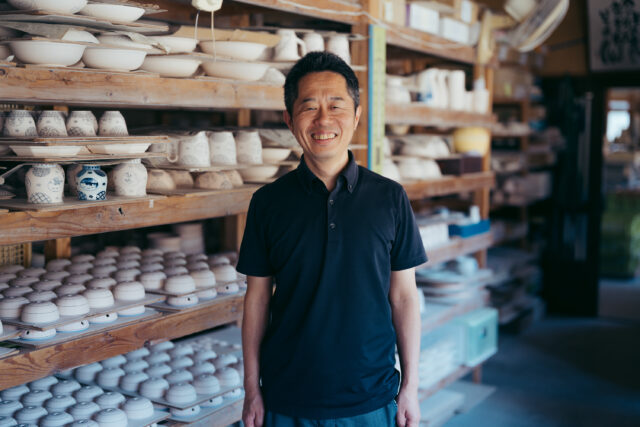
VOL.1-32
Update
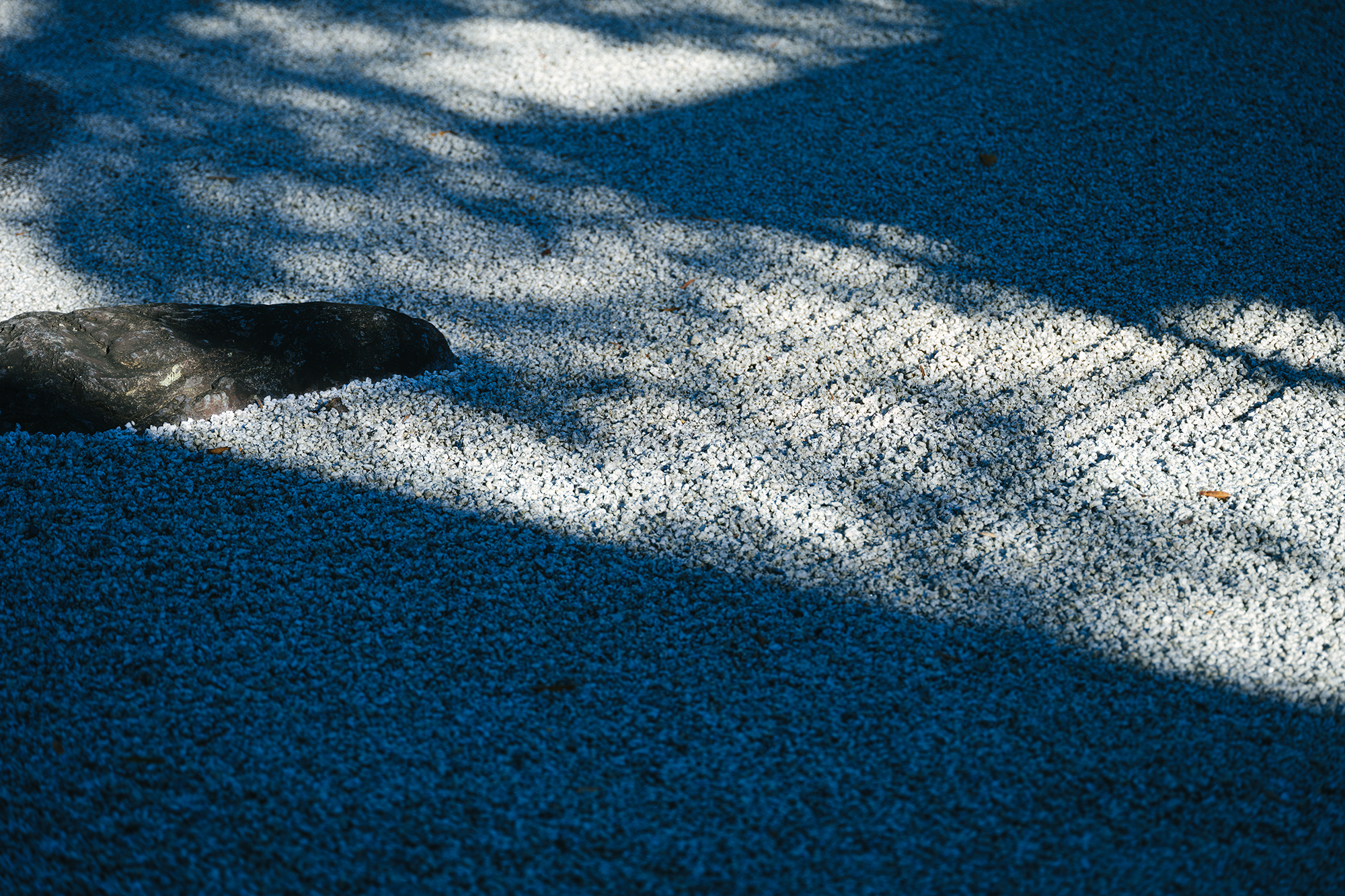
VOL.1-12
Update
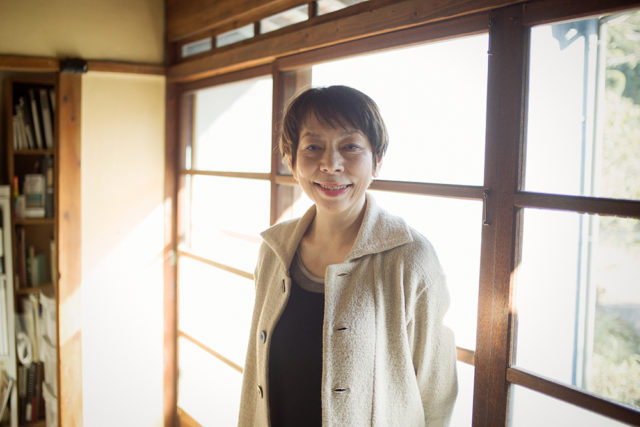
VOL.1
Update
We share a variety of information and perspectives on Japanese crafts, including exhibition information and interviews.
Featured Exhibitions & Events VOL.51
New Products VOL.23
KOGEI Topics VOL.25
Featured Exhibitions & Events VOL.50
Dec 9, 2025 – Mar 1, 2026
National Crafts Museum
Dec 13, 2025 – Mar 8, 2026
Aichi Prefectural Ceramic Museum
Dec 13, 2025 – Mar 22, 2026
Kikuchi Kanjitsu Memorial Tomo Museum
Dec 18 – Dec 27, 2025
GOOD DESIGN Marunouchi

Ido tea bowls are one of the many types of Korai chawan, tea bowls originally introduced to Japan from the Korean peninsula, used in the Japanese tea ceremony. Tea masters of the Momoyama period (1573 – 1603) perceived the wabi-sabi character of these bowls, and cherished them as excellent tea ware.
Ido Tea Bowl by Hideki Yanashita is a work that holds many remarkable features in its withered appearance, as if it has gone through a long history. For example, the delicate kan-nyu (crackle) spread over the generous bowl shape, the teppun (the black iron powder that appears in places) scattered here and there, and the fingerprints left along the rokuro-me lines outside. From the bottom of the kodai or foot of the bowl to its edge, the grainy kairagi, a rough ceramic glaze like sharkskin which marks this work as an Ido tea bowl, gives it a sense of dynamism. Hideki’s exceptional aesthetic sensibility is evident in the soft tones and modest shine, as if capturing the essence of his work in a single word.
The sense of beauty discovered and nurtured in Japan continues to attract people today. When we put our hands on the works of this artist, who continues to craft ceramics with sincere homage to the Momoyama period, we can almost feel the emotion of the tea masters who once held Ido tea bowls in their hands.
